Cancelled: Daegaya Festival (대가야체험축제)
16.8 Km 24551 2022-05-09
1216, Daegaya-ro, Goryeong-gun, Gyeongsangbuk-do
• 1330 Travel Hotline: +82-2-1330 (Korean, English, Japanese, Chinese) • For more info: +82-54-950-6424
Daegaya (AD 42-562) was a nation that inhabited the Korean Peninsula around the 4th Century. The nation was a sophisticated nation that even at this early age possessed extremely high standards of culture. They created the Gayageum (a twelve-stringed traditional Korean harp). Through the relics found in the area, the nation was thought to be a powerful force in the area (now Gyeongsangnam-do). This festival offers various interactive programs to experience the nation with relic exhibition, wooden boat-making and others. Also, tourists can experience the farming culture like harvesting strawberries from the nearby rural village.
Goryeong Daegaya Festival (고령대가야축제)
16.8 Km 0 2024-06-14
1216 Daegaya-ro, Daegaya-eup, Goryeong-gun, Gyeongsangbuk-do
+82-54-950-6424
The Goryeong Daegaya Festival celebrates the history of Daegaya, a nation that inhabited the Korean Peninsula around the 4th Century. The festival features many performances and experiences, allowing visitors to imagine life in the past.
Daegaya History Theme Park (대가야 역사테마관광지)
16.8 Km 29033 2023-03-07
1216, Daegaya-ro, Goryeong-gun, Gyeongsangbuk-do
+82-54-950-7005
Daegaya History Theme Park is located in what was the center of the Daegaya Kingdom. The park offers various areas to learn about not only the history of the area but also the current culture and the future of Goryeong. In particular, visitors can enjoy various items produced during the Daegaya era such as pottery, ironworks, and gayageum (traditional Korean string instrument), as well as visit the park's 4D theater and walk along the forest exploration trail.
Upo Wetland Eco Center (우포늪생태관)
16.8 Km 12672 2021-08-23
220, Uponeup-gil, Changnyeong-gun, Gyeongsangnam-do
+82-2-1330
Upo Wetland Eco Center is a wetland education center at the largest wetland in Korea. The center collects data and conducts research on various wild wetland animals such as birds, fish, mammals, amphibians, and reptiles, and displays these to the public as well as promotes the message that humans are also part of nature and educates visitors on how humans can live in harmony with nature.
To help visitors learn more about the ecological environment, the center consists of various galleries: Understanding Upo Wetland, the Four Seasons of Upo Wetland, Living Upo Wetland, Families of Upo Wetland, and Understanding the Ecological Environment. Each gallery exhibits dynamic models and videos, as well as hands-on interactive programs.
Ureuk Museum (우륵박물관)
17.0 Km 14787 2021-01-07
98, Gayageum-gil, Goryeong-gun, Gyeongsangbuk-do
+82-54-950-7136
Ureuk Museum is a museum dedicated to gayageum, a traditional Korean twelve-stringed instrument, and Ureuk, the inventor of the gayageum and a great musician. The only museum of its kind, Ureuk Museum excavates, collects, preserves, and displays pieces that help visitors more deeply appreciate the beauty and history of the gayageum.
Goryeong Daegaya Historic Site (고령 대가야유적지)
17.1 Km 16619 2020-06-18
1203, Daegaya-ro, Goryeong-gun, Gyeongsangbuk-do
+82-54-950-7103
The town of Goryeong is four hours outside of Seoul, and features many relic sites of Daegaya around the whole district of Goryeong-gun. Around the first century, Daegaya was formed in the Nakdonggang River’s downstream area in the lower Korean peninsula, flourished independently for 520 years (AD 42~562), and declined after the 6th century. After its decline, part of it was annexed by Silla (57 BC ~ AD 935), and the rest annexed by Baekjae (18 BC~AD 60), and became a forgotten tribal kingdom.
On King Jinheung’s (reign 540~576) 23rd year of reign it became the district of Daegaya, and the name was changed to the district of Goryeong on King Gyeongdeok’s (reign 742~765) 16th year of reign.
This is the place where you can view the country’s first Sunjangmyo (tomb where many dead people were buried together), called Jisandong Gobungun, Daegaya Royal Tomb Exhibit Hall, and Treasure No. 605, the pre-eminent relics site of the Prehistoric Period called Yangjeondong Amgakhwa, and other various cultural assets.
There is a large, ancient tomb with a diameter of 20m, built on the ridgeline of the mountain, and as you go down the mountain, there are 159 other tombs of smaller scale. The largest tomb in the south side is called the Geumrim Royal Tomb, and the other large tombs near it are presumed to be tombs of royalty or aristocrats.
At the Daegaya Royal Tomb Exhibit Hall, site of the restored No. 44 tomb, you can see the ancient custom of burying the living with the dead (Royalty buried with their retainers). The dome-style exhibit hall displays Sunjangseokgwak, ironware, pottery and other various excavated relics.
Daegaya Museum (대가야 박물관)
17.1 Km 18996 2022-09-13
1203, Daegaya-ro, Goryeong-gun, Gyeongsangbuk-do
+82-54-950-7103
Daegaya Museum exhibits the history, culture, and customs of the Daegaya Kingdom. The museum consists of the Daegaya Royal Tomb Pavilion, the Daegaya History Pavilion, and Ureuk Museum.
The Royal Tomb Pavilion is a 37 meter-wide dome that houses relics of the Jisan-dong Ancient Tombs, a Historic Site. It is essentially the restoration of the Jisandong Tumulus, the first large-scale sunjang (burial of the living with the dead).
The History Pavilion houses a collection of relics from the Daegaya Kingdom, while holding special exhibitions and educational activities periodically. The outdoor exhibition center displays items that showcase the ancient lifestyle.
Ureuk Museum is a dedicated to Ureuk, a Daegaya musician who invented the gayageum, a traditional Korean twelve-stringed instrument.
Ancient Tombs in Gyo-dong and Songhyeon-dong, Changnyeong (창녕 교동과 송현동 고분군)
17.3 Km 23061 2023-06-27
34, Changmil-ro, Changnyeong-gun, Gyeongsangnam-do
+82-55-530-1471
Songhyeon-dong Ancient Tombs, located under Mokmasanseong Fortress at the west foot of Hwawangsan Mountain, are large ancient tombs located in the southwest by the road leading to Hyeonpung. The Gyo-dong Ancient Tombs are dozens of ancient tombs that were once gathered around a large royal tomb, which among only eight tombs with damaged mounds now remain. Some of these ancient tombs were excavated by the Japanese between 1918 and 1919, and most of the relics were moved to Japan, and only some of them remain in Korea. According to the results of the investigation at the time, the large tombs were either built in a passageway form or an entry gate form.
It is said that a large number of relics such as jewelry made of various precious metals, including gold crowns, pure gold transplants, and copper, iron armour, and earthenware were excavated. The excavation report left by the Japanese is simple, so it is not possible to accurately grasp the structure of the Gyo-dong Ancient Tombs and the excavated relics. Twenty-one of the existing tombs have been restored so far, and only one of them has an accessible entrance.
The tombs in Songhyeon-dong are largely divided into two areas. Area 1 used to be large tombs with 80 tombs west of the foot of Mokmasan Mountain, but now only about 16 tombs remain. It is said that there were about 20 tombs in the second area near the stone Buddha in Songhyeon-dong, but now most of them have turned into rice paddies, and only a few tombs reveal their original appearance. Since the tombs are close to the Gyo-dong tombs, the structure of the tomb and the nature of the relics are believed to be almost the same. Along with the Gyo-dong tombs, a large number of relics were excavated in 1918, but the whereabouts of some of the relics are unknown.
Jisandong Ancient Tombs (고령 지산동 고분군)
17.4 Km 11943 2020-02-10
San 23-1, Jisan-ri, Goryeong-eup, Goryeong-gun, Gyeongsangbuk-do
+82-54-950-6363
Goryeong was the old capital of Daegaya (42-562 AD), a city-state of the Gaya confederacy that once spanned the region now occupied by Gyeongsangnam-do Province to the south of the Korean peninsula. The city of Goryeong played such a central role in the development of the confederacy that many artifacts and historic sites of the Daegaya period can still be found there today.
Some of the most prominent landmarks are the 200 gobuns (ancient tombs) that lie along the southeastern slope of Jusan Mountain in Goryeong. In ancient times, the higher and larger a tomb, the higher the social status of the person buried inside. Given this tradition and historical evidence, the largest tomb in the south has been identified as Geumnim Wangneung (Royal Tomb of King Geumnim); the other large tombs are also presumed to be those of the kings of Daegaya. The large royal tombs (over 20m in diameter) dominate the mountain ridge (the highest point) while mid-sized and smaller tombs can be found on the mountain slopes and foothills.
Historical research on Daegaya began with the excavation and partial identification of the ancient tombs of Goryeong by research teams from Kyungpook National University and Keimyung University in 1977. Excavators discovered a great number of relics—gilt-bronze crowns, swords, armor, and trinkets of gold, silver, and jade—that shed light on the flourishing culture of Gaya.
To continue to encourage interest in the history and culture of Daegaya, officials of Goryeong-gun County established the Daegaya Royal Tomb Exhibit Hall at the foot of Jusan Mountain in Gobun-gun, Jisan-dong. The exhibition hall depicts the social structure of the era through ancient customs such as burying servants alive with their dead masters.
Cheongdo Good Spa Kids Pool Villa[Korea Quality] / 청도굿스파키즈풀빌라[한국관광 품질인증]
17.8 Km 0 2024-01-19
82-60 , Daejeonchiryeopsin-gil, Cheongdo-gun, Gyeongsangbuk-do
+82-10-6487-8311
Cheongdo Good Spa Kids Pool Villa is a large-scale duplex pension in Cheongdo-gun, Gyeongsangbuk-do that offers 27 guestrooms. Except for room A302, all rooms feature an indoor jungle gym and a swimming pool filled with hot spring water. Room A302 is the only room with a whirlpool bathtub instead of a swimming pool, so you can enjoy a home spa experience. BBQ grills are available on each terrace and cooking is allowed in all rooms. The public pool uses hot spring water, so you can enjoy a warm swim even in cold weather. Nearby tourist attractions include Cheongdo Luge, Cheongdo Provence, and a rail bike.
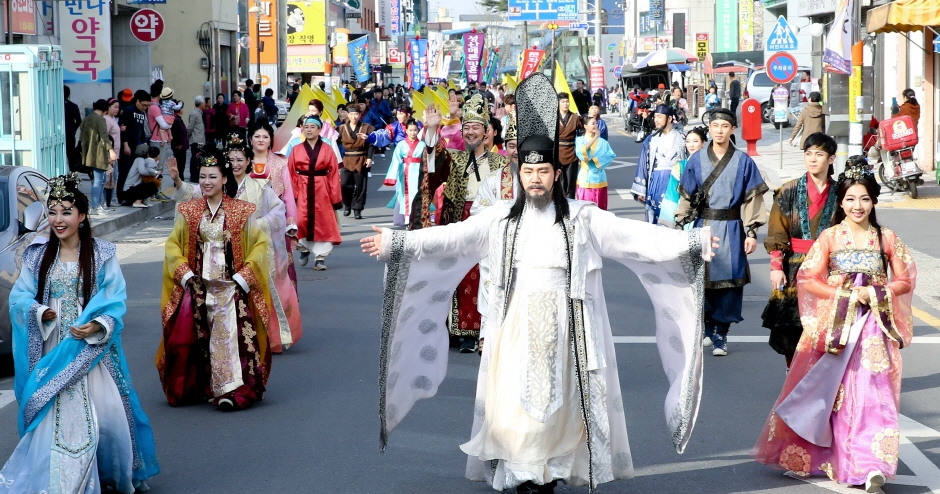
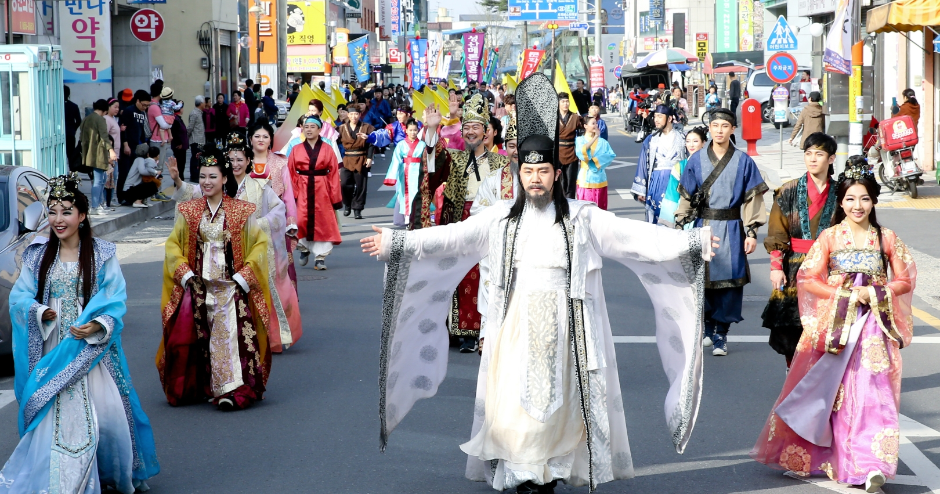
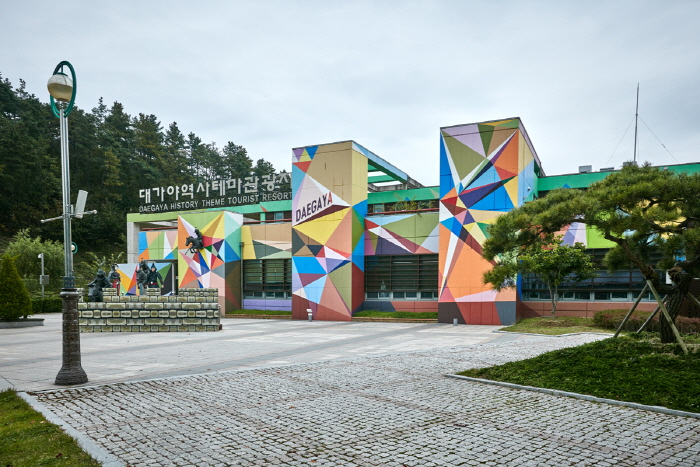
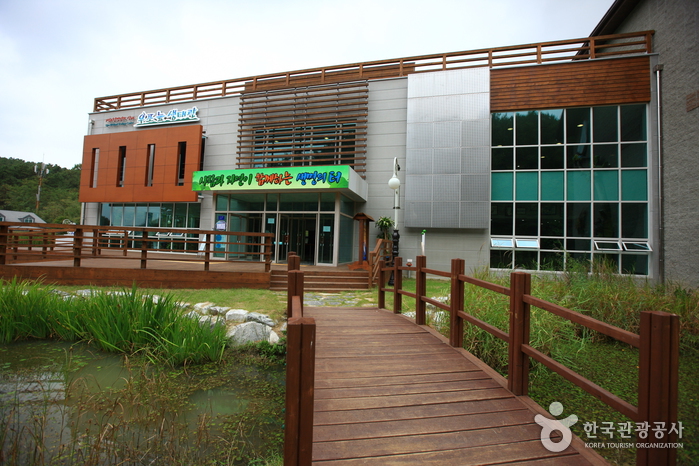
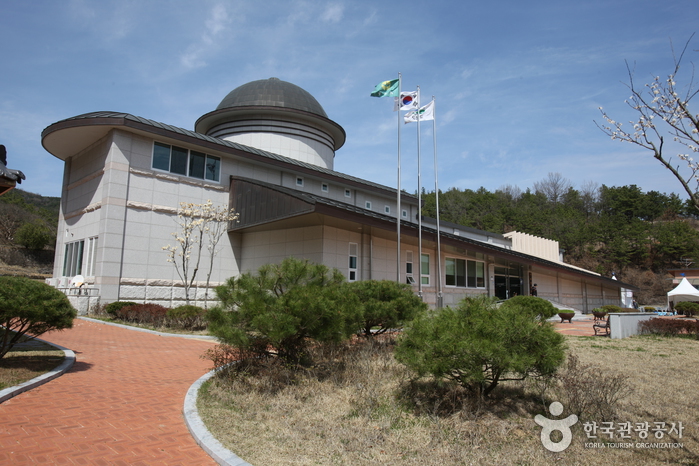
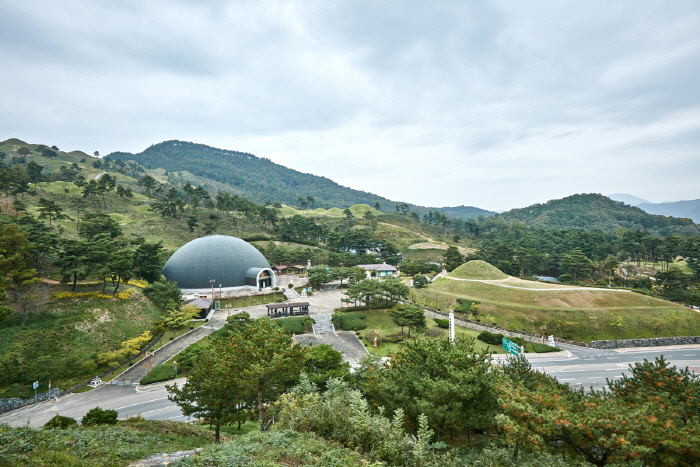
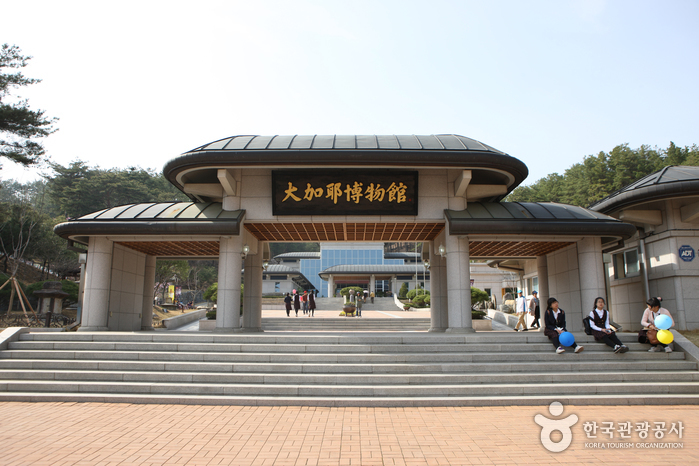
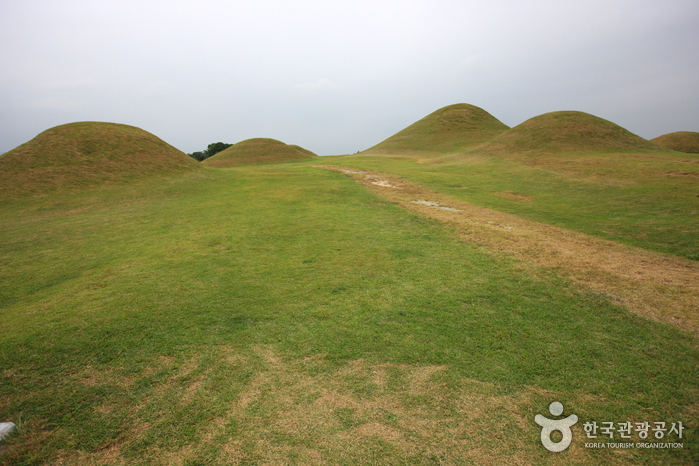

![Cheongdo Good Spa Kids Pool Villa[Korea Quality] / 청도굿스파키즈풀빌라[한국관광 품질인증]](http://tong.visitkorea.or.kr/cms/resource/88/2813888_image2_1.jpg)
 English
English
 한국어
한국어 日本語
日本語 中文(简体)
中文(简体) Deutsch
Deutsch Français
Français Español
Español Русский
Русский